Unlocking the Power of Differences
In today’s rapidly evolving global landscape, diversity and inclusion have become critical factors for success in any organization. Building diverse teams that embrace a wide range of backgrounds, perspectives, and experiences can lead to enhanced creativity, innovation, and problem-solving abilities. Moreover, promoting inclusivity in the workplace fosters a sense of belonging and respect, which not only improves employee satisfaction but also attracts and retains top talent. In this blog post, we will delve into the benefits of diverse teams and provide practical guidance on how to promote inclusivity in the hiring process, as well as strategies for creating a diverse workforce.
The Power of Diversity: Advantages for Businesses
Enhanced creativity and innovation: When individuals from different backgrounds collaborate, a rich tapestry of ideas emerges. Diverse teams bring unique perspectives and insights, sparking creativity and enabling innovative solutions to complex problems. By incorporating varied viewpoints, companies can drive continuous improvement and stay ahead in an ever-changing marketplace.
Broader talent pool: Embracing diversity widens the talent pool, allowing organizations to tap into a broader range of skills, experiences, and perspectives. By actively seeking out candidates from different ethnicities, genders, ages, and abilities, companies can access a wealth of untapped potential and attract high-caliber professionals who might have otherwise been overlooked.
Improved decision-making: Homogeneous teams often suffer from groupthink, where individuals conform to consensus without critical evaluation. On the other hand, diverse teams encourage constructive debate, leading to more robust decision-making processes. Differing opinions and perspectives challenge assumptions, mitigate bias, and lead to more thorough evaluations of available options.
Promoting Inclusivity in the Hiring Process
Bias-aware recruitment: It is crucial to identify and eliminate biases in the hiring process. Consider implementing blind resume screening, removing personal identifying information to focus solely on qualifications. Also, train recruiters and hiring managers to recognize and address unconscious biases, ensuring fair assessments based on merit.
Diverse interview panels: To minimize bias, involve individuals from diverse backgrounds in the interview process. Including a variety of perspectives in the evaluation stage helps reduce the likelihood of unintentional discrimination and fosters a more inclusive environment.
Structured interviews: Implementing structured interviews with standardized questions helps maintain consistency and fairness throughout the process. This approach allows for an objective evaluation of candidates’ qualifications, skills, and competencies, ensuring that hiring decisions are based on merit rather than subjective opinions.
Strategies for Creating a Diverse Workforce
Foster an inclusive company culture: Cultivate a work environment where diversity and inclusion are celebrated. Establish policies and guidelines that promote respect, open communication, and equal opportunities for all employees. Encourage diverse employee resource groups and provide them with the necessary support to thrive.
Diversify talent sources: Broaden recruitment efforts by exploring a variety of talent sources, including professional organizations, minority-focused job boards, and community partnerships. Engage with diverse networks and attend career fairs and events that target underrepresented groups. By actively seeking out diverse candidates, you can increase the likelihood of building a diverse workforce.
Provide diversity training: Offer comprehensive diversity and inclusion training programs to employees at all levels. These programs can raise awareness of unconscious biases, promote empathy, and foster a more inclusive mindset. Training should focus not only on identifying biases but also on providing strategies for creating an inclusive work environment where everyone feels valued and respected.
Establish mentorship and sponsorship programs: Develop mentorship initiatives that pair diverse employees with experienced professionals who can provide guidance, support, and opportunities for career advancement. Additionally, sponsorship programs can help high-potential employees from underrepresented groups gain visibility and access to leadership roles.
Review policies and practices: Regularly evaluate company policies and practices to ensure they align with diversity and inclusion goals. Examine promotion and pay practices to identify and address any potential disparities. Encourage diverse perspectives in decision-making processes, including those related to company policies and initiatives.
Conclusion
Diversity and inclusion are not merely buzzwords; they are essential elements of building successful and thriving organizations. Embracing diversity in the workplace leads to enhanced creativity, improved decision-making, and a broader talent pool. By promoting inclusivity in the hiring process and implementing strategies to create a diverse workforce, organizations can unlock the full potential of their teams and drive sustainable growth. Embracing differences and fostering a culture of inclusivity will not only benefit individuals but also contribute to a stronger, more innovative, and future-ready organization.
Contact US
Contact us to learn more about how your organization can attract the best talent that can make a difference.
Phone: (646) 883-2927
or Email: [email protected]

